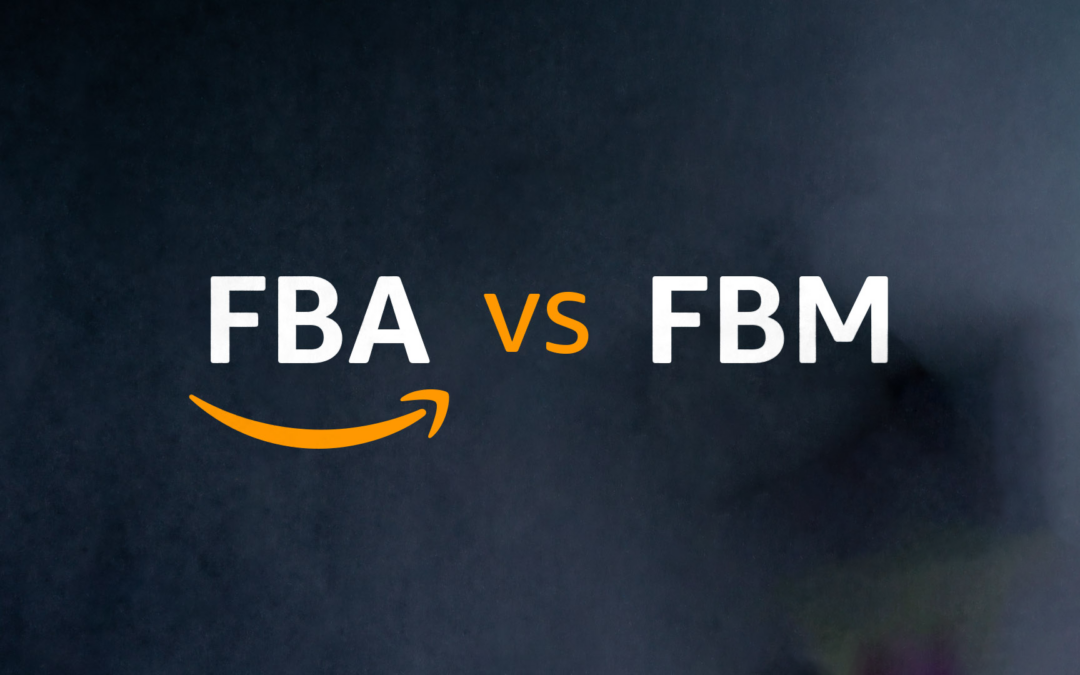Understanding shipping terms like Incoterms is essential. Incoterms set clear rules about the responsibilities of buyers and sellers, helping to avoid costly misunderstandings. One of the most useful Incoterms for large shipments is Delivered at Terminal (DAT).
In this guide, we’ll explain what DAT means, why it matters to international buyers, and how it can help you streamline your shipping process.
What is Delivered at Terminal (DAT)?
Delivered at Terminal (DAT) means the seller is responsible for delivering goods to a named terminal at the buyer’s destination. This can be a port, airport, or warehouse. The seller handles all the transportation costs and risks up to that point, including unloading the goods.
Once the goods are unloaded at the terminal, the buyer takes over. That means handling customs clearance, taxes, and transportation from the terminal to the final destination.
In short: The seller takes care of getting the goods to the terminal. The buyer manages everything from there.
Why DAT Works for International Buyers
The DAT Incoterm is designed to simplify international shipments for buyers by transferring responsibility at a key point—after the goods are safely unloaded. Here’s how DAT benefits international buyers:
- Minimized Risk: You only take responsibility after the goods are unloaded, reducing the risk of damage during transport.
- Clear Costs: The seller covers all costs until the terminal. This gives you better control over post-terminal expenses like customs duties and storage fees.
- Simple Logistics: Focus on what you do best—handling the final leg of the delivery, without worrying about overseas transportation.
Key Responsibilities: Seller vs. Buyer
Let’s clarify who handles what in a DAT transaction:
Seller’s Responsibilities:
- Export paperwork: The seller prepares all export documents.
- Transportation to the terminal: The seller pays for transport to the buyer’s specified terminal.
- Risk and insurance: The seller assumes risk until the goods are unloaded.
- Unloading: The seller ensures the goods are unloaded at the terminal.
Buyer’s Responsibilities:
- Post-terminal risks: Once unloaded, the buyer assumes risk and cost.
- Import duties and taxes: The buyer handles customs clearance and any related fees.
- Final delivery: The buyer arranges for transport from the terminal to the final destination.
DAT vs. Other Incoterms: Why Choose DAT?
DAT vs. DAP (Delivered at Place)
With DAT, the seller’s responsibility ends once the goods are unloaded at the terminal. In contrast, DAP requires the seller to deliver the goods to a specific location, but the buyer assumes risk before unloading.
Why DAT is better: If you want the seller to handle unloading and transfer responsibility at the terminal, DAT is ideal. It’s especially helpful when the terminal is a hub that makes final delivery easier for you.
DAT vs. DDP (Delivered Duty Paid)
In DDP, the seller takes care of everything—including paying import duties. While this seems convenient, it limits your control over local customs processes. With DAT, you handle duties and clearance, which can often be done more efficiently by the buyer.
Why DAT is better: DAT gives you more flexibility to manage customs and import duties on your own terms.
When Should You Use DAT?
DAT is best for buyers and sellers managing large shipments across multiple modes of transport. Here’s when it’s a good fit:
- Large bulk shipments: Perfect for shipping containers or bulk goods through major terminals.
- Multimodal transport: Ideal when shipping involves multiple transport modes (sea, air, rail).
- Transport hubs: If your business operates near a major terminal, DAT helps you manage costs and risks after delivery.
Costs Buyers Should Keep in Mind
While the seller covers transportation and unloading costs, buyers must budget for the following:
- Customs duties: Handle import clearance and any taxes.
- Storage fees: If you can’t pick up the goods immediately, there may be storage fees at the terminal.
- Final delivery costs: You’re responsible for transporting goods from the terminal to your final destination.
Benefits of DAT for Buyers
Using DAT simplifies logistics for international buyers. Here’s how:
- Risk Control: You only assume risk after the goods are safely unloaded at the terminal.
- Simplified Process: The seller takes care of the tricky part—international transport—leaving you to handle final delivery.
- Cost Clarity: Know exactly what you’re paying for: post-terminal costs like customs and transportation.
Potential Challenges to Watch For
While DAT is beneficial, there are some challenges:
- Customs clearance: Be prepared for potential delays and extra costs if you’re unfamiliar with local regulations.
- Terminal fees: If there’s a delay in picking up the goods, storage fees can add up.
- Inland transport: Coordinating transport from the terminal is crucial. Delays here could lead to additional costs.
Step-by-Step Process for Using DAT
To make sure everything runs smoothly, follow these steps:
- Agree on the terminal: Set a specific terminal for delivery in your contract.
- Prepare documentation: Ensure all necessary paperwork (e.g., bills of lading) is ready for customs clearance.
- Understand local customs: Familiarize yourself with the import regulations of your destination country.
- Plan the final delivery: Arrange transport from the terminal to your final destination well in advance.
Handling Customs and Import Duties
Customs clearance can be complex, but you can simplify it with these tips:
- Use a customs broker: A professional broker can handle the paperwork and ensure compliance with local regulations.
- Know local laws: Research the customs regulations for your destination to avoid unexpected fines.
- Budget accordingly: Be sure to budget for duties and taxes to avoid cash flow surprises.
Conclusion: Why DAT Works for International Buyers
Delivered at Terminal (DAT) is a flexible and practical solution for international trade, especially for large shipments. By understanding the key benefits and challenges, you can better manage costs, minimize risks, and streamline your logistics. With DAT, the seller handles transportation and unloading, leaving you to focus on post-terminal logistics and final delivery.






